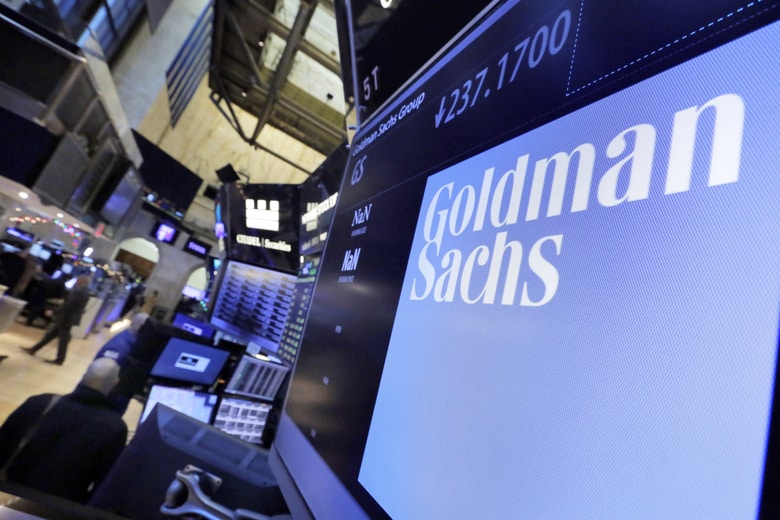
Despite multiple bumps and bruises along the way, the bull market has remained intact in 2018. That wouldn’t be the case, however, were it not for two stocks critical to this year’s performance.
Goldman Sachs and Boeing alone have accounted for all but a handful of the 460 points the Dow Jones industrial average had gained heading into Tuesday trading, according to a review of FactSet data.
The other 28 companies in the blue chip index, including high flyers like Apple, J.P. Morgan Chase and Visa, have been about flat in terms of points contribution. The price-weighted index takes company share prices against a divisor, so moves in higher-priced companies have a more meaningful point impact for the index.
Boeing has contributed 316.5 points to the Dow this year, while Goldman has added 119.5. Conversely, McDonald’s has subtracted about 92 points, while Procter & Gamble has taken away 76. That’s left the Dow up just a little under 2 percent for the year.
All of the other companies lie somewhere in the middle in terms of Dow impact, even though some have posted significant gains. Because they’re significantly cheaper in price, companies including Cisco Systems (up nearly 19 percent), Intel (13 percent) and even Microsoft (11 percent) haven’t had as much point impact.
Boeing is up a respectable 15 percent while Goldman has gained more than 6 percent.
It’s certainly not unusual for a small block of stocks to have a disproportionate Dow impact, but market breadth is considered important when gauging the strength of a rally.
“There are some very interesting behind-the-scenes signals out there that investors should be aware of, telling us that we are transitioning to something new and different,” David Rosenberg, chief economist and strategist at Gluskin Sheff, said in his daily note.
Weakness in breadth, or how widespread gains are, is one such signal.
Rosenberg points out that while the S&P 500 is up more than 4 percent year to date, sector breadth has been weak. The median of the 11 groups, materials, is up less than 1 percent for the year. Technology has been the best performer, with a gain approaching 11 percent, while utilities are off nearly 7 percent to lead the five negative sectors.
“What we are left with is a level of volatility that is 50% higher now than it was on average for all of last year,” Rosenberg said. “So we had a huge bounce to all-time highs, then a record correction in such a short period of time, [then] a rally back close to the highs which looks just as tempting to chase as was the case when [GMO founder] Jeremy Grantham was openly discussing a two-year 60% melt-up at the turn of the year.”
As a cap-weighted and much broader index, the S&P 500 rarely sees outsized contributions from individual stocks. The biggest point contributor thus far has been Amazon, which has added just 2.7 points to the index’s 96-point gain. The biggest company in terms of percentage gains has been XL Group, which has surged 58 percent.
























